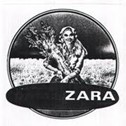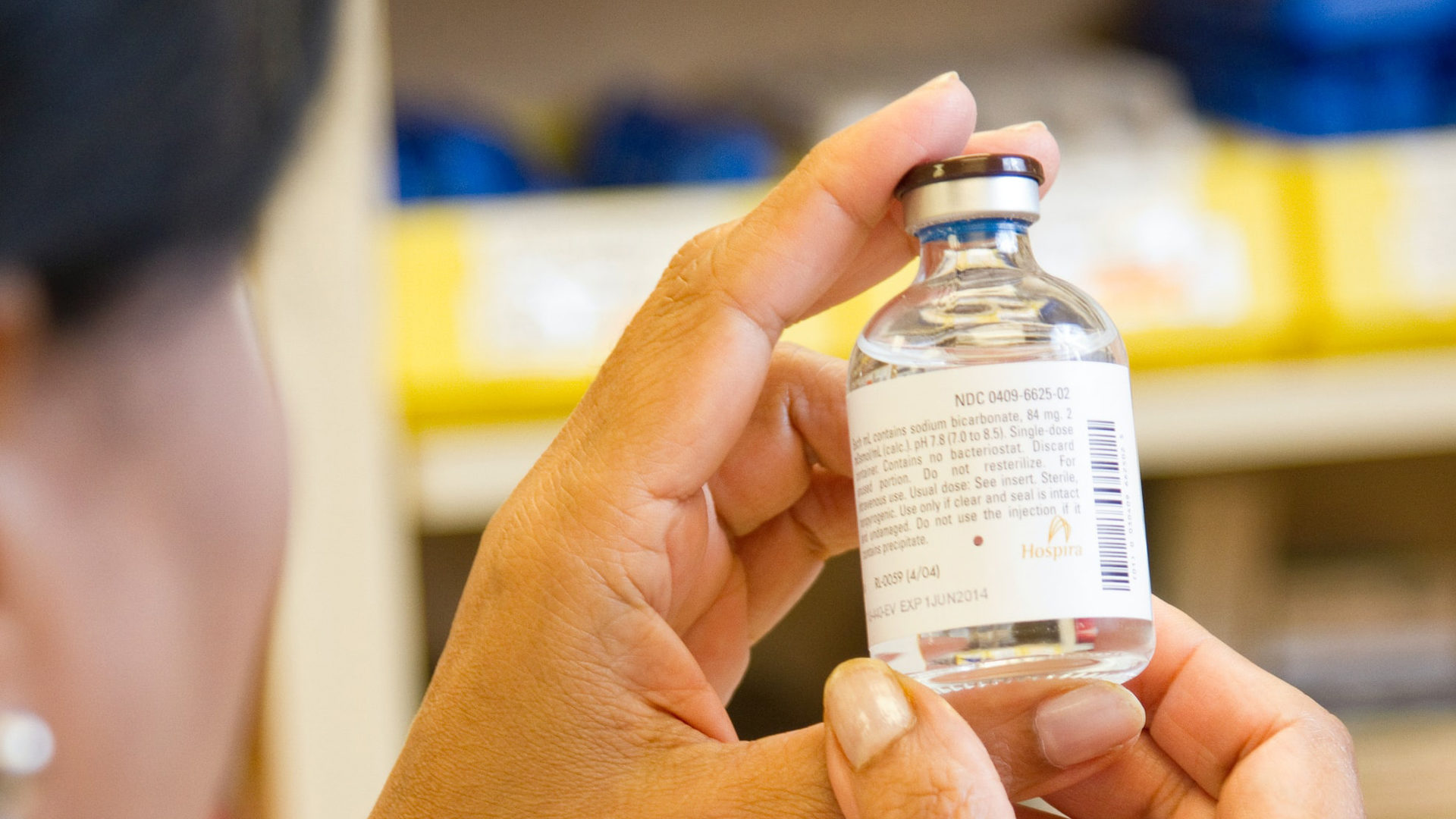Retail Scanner
Conceptual similarity – when is ‚well known‘ enough?
Juli 2022
Trade mark conflicts between two identical marks used for identical products are relatively rare. Most conflicts evolve around the question whether the marks in question are similar. If the marks are found similar and the goods and services under comparison are identical or similar, the younger mark infringes the earlier mark provided that there exists a likelihood of confusion on the part of the public.
In order to determine whether or not the marks are similar, the marks should be compared from a visual, phonetic and conceptual point of view.
Obviously, the visual and phonetic comparison is about what the trade marks look like and how they are pronounced. The concept of a mark is what it means. What does it evoke or, when it is an image or shape, what does it represent?
If two marks refer to the same or similar concepts they are conceptually identical/similar. If the marks refer to different concepts, or in case only one of the trade marks evokes a concept, the marks are conceptually dissimilar. If neither sign has any concept, a conceptual comparison is not possible.
The conceptual comparison may have long been considered as the least interesting one. This shifted somewhat following the PASH/BASS and PICASSO/PICARO decisions of the CJEU issued in 2003 and 2006 respectively.
PASH/BASS
In PASH/BASS, the CJEU held, for the first time, that conceptual differences can counteract the visual and phonetic similarities between the signs under comparison. For such a counteraction to take place, it is required that at least one of the signs must have a clear and specific meaning so that the public is capable of grasping it immediately.
PICARO/PICASSO
In the PICARO/PICASSO case, the heirs of the famous painter Pablo Picasso opposed the EUTM application of the mark PICARO for cars by Daimler Chrysler. According to the CJEU, the trade mark PICASSO will immediately evoke the name of the famous painter PABLO PICASSO. Even though, the marks PICARO and PICASSO have no specific meaning in relation to automobiles, the conceptual difference between the marks caused by the link between the earlier mark and the famous painter, counteracted the low visual and phonetic similarity between the marks and therefore, also bearing in mind the high degree of attention of car buyers, there was no likelihood of confusion.
The neutralisation of the visual and phonetic similarity cannot only take place in case of trade marks with different semantic meanings, but also if one of the marks, regardless whether it is the earlier or younger mark, refers to the name of a famous person.
MASSI/MESSI
A similar decision was rendered by the CJEU in 2020 in the case MASSI/MESSI. In this case, the high visual and phonetic resemblance between these signs was neutralised by the fact that the younger mark is the name of the world’s most famous football player. Again, the high reputation of Lionel Messi had a decisive impact on the assessment of the likelihood of confusion. In the same way, the CJEU decided in favour of the famous singer and actress in an opposition filed by the owner of the earlier mark CYRUS against the trade mark MILEY CYRUS (2021).
It seems that the EUIPO and EU Courts only consider the reputation of the younger mark in case of trade marks that consist of the names of famous persons, such as Lionel Messi and Miley Cyrus. An interesting question is whether similar arguments can successfully be put forward by owners of younger trade marks with a reputation that are not linked to a famous person, but for example to a famous football club or clothing brand.
AC MILAN/MILAN
On 10th November 2021, the General Court issued a judgment in an opposition case between the marks AC MILAN and MILAN, both covering stationery products. AC MILAN argued that the reputation of their mark would prevent any risk of confusion on the part of the public as the latter would immediately associate this mark with the famous Italian football club. The General Court dismissed this argument by pointing out that the reputation of the younger mark could not be taken into account in the assessment of the risk of confusion. The famous football club AC MILAN apparently does not have the same status as the world’s most famous football player.
ZARA/LE DELIZIE ZARA
What about a famous clothing retailer? In defence of an opposition to its ZARA mark in relation to food and drink products and services, the owner of the famous clothing retailer ZARA, Inditex, attempted to persuade the General Court that the reputation of its ZARA trade mark for clothing should be taken into account in the conceptual comparison. The opposition was filed by the Italian pasta manufacturer Ffauf Italia based on its registrations for the mark and LE DELIZIE ZARA covering pasta products and other food products. Inditex argued that the mark ZARA is well-known to the relevant public as referring to the famous retail brand they own. Inditex argued that, because of the high reputation and uniqueness of the ZARA brand, the public will associate this name with Inditex, even in the context of food and drink products and services. Inditex took the view that the high reputation and uniqueness of the word ZARA and the immediate association between this word and the Inditex business resulting from the reputation, creates a conceptual difference that could counteract the visual and phonetic similarity between the signs. The General Court dismissed this argument by pointing out that reputation is relevant in the assessment of a likelihood of confusion but only when it concerns the reputation of the earlier mark. A possible reputation of the younger mark should be disregarded though.

Although the General Court crushed Inditex’ arguments relating to the conceptual differences caused by the reputation of the ZARA mark, we believe that, under certain circumstances, there may be room for such an argument in case of well-known trade marks. In the present case, it did not work in Inditex’ favour that ZARA is a rather common women’s name in Spain and Italy. For this reason, although having a reputation, it is difficult to argue that the ZARA mark is unique and that consumers will automatically associate this name with Inditex’ clothing business, even when used in a different field. The fact that the Inditex’ ZARA mark was completely incorporated in the earlier marks also did leave little wiggle room.
By the way, Inditex filed an appeal, but the Court held that the appeal did not raise an issue that is significant with respect to the unity, consistency and development of EU law. Therefore, Inditex’ request to allow the appeal to proceed was refused.
Where does this leave us?
In our opinion, under certain circumstances, the reputation of the younger mark could play a role in the conceptual comparison of two conflicting marks, also in cases where the contested mark is not the name of a famous person. Imagine the situation where the famous mark ADIDAS wants to launch ice cream products in the EU but encounters a prior good faith registration for ODIDOS covering ice cream products. The marks are visually and phonetically similar to at least an average degree and the products under comparison are identical. Both marks do not have a clear meaning which makes is difficult to make a conceptual comparison. However, the fact that ADIDAS is an extremely well-known trade mark causes the public to immediately associate the ADIDAS ice cream products with the reputed ADIDAS sports brand. The conceptual difference caused by the repute of the younger ADIDAS mark could in our view counteract the visual and phonetic resemblance and erase any risk of confusion between the marks ODIDOS and ADIDAS.
Is there reason to believe that the neutralisation principle will also be accepted in situations such as the ADIDAS example?
There is a glimmer of hope coming from the United Kingdom. In defence of an opposition to its UK trade mark application filed by Invicta S.P.A., Prince Harry’s Invictus Games Foundation, argued that, given the fame and repute of Prince Harry, Duke of Sussex, conceptually the mark INVICTUS will automatically bring to mind royalty and charity. In other words, the reputation of the younger mark INVICTUS (or at least the fact that the mark is connected to Prince Harry) would exclude the possibility of a likelihood of confusion on the part of the public.
In the opposition decision of 24th May 2022, the Hearing Officer pointed out that there is no reason why the principle that the reputation of the younger mark could influence the outcome of the assessment of the likelihood of confusion, could not extend beyond famous persons. However, in this case the argument raised by Invictus was dismissed, partly because the evidence of the reputation of the INVICTUS mark was insufficient. The marks INVICTA and INVICTUS were considered confusingly similar and the opposition was upheld.
We will closely monitor any developments in case law relating to the conceptual comparison of trade marks. To be continued!
This article was prepared by HGF’s Partner & Trade Mark Attorney Kasper Radstake.
































